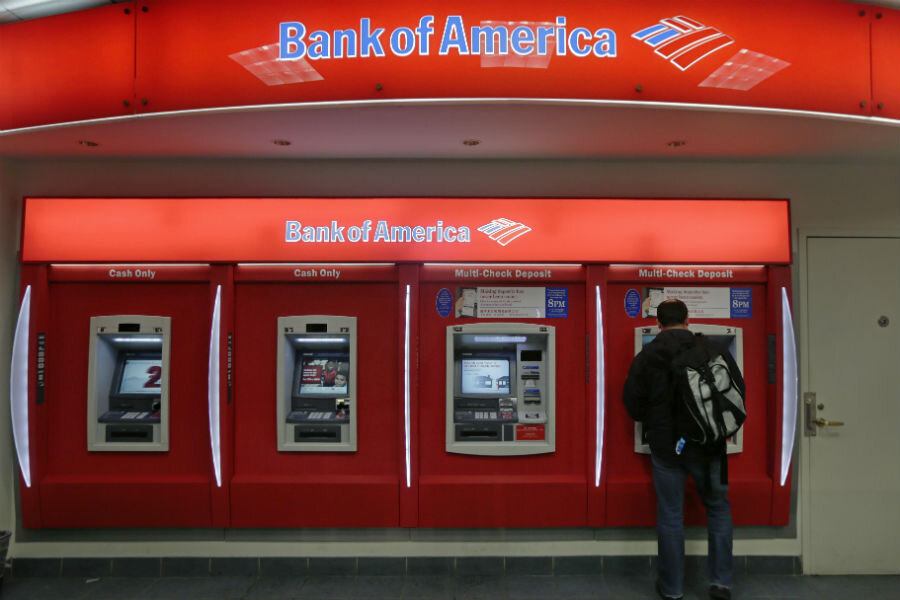Consider these four factors when comparing banks and credit unions
Loading...
Ever since the last financial crisis, it's not surprising that every new revelation of bank misconduct prompts at least a few customers to seriously consider moving their deposits elsewhere.
Credit unions represent the single largest alternative banking option available to U.S. consumers. They provide all of the familiar deposit services available at banks, but with fewer fees and higher interest rates on savings accounts and certificates of deposit.
What distinguishes credit unions from banks, and how does a customer make the switch? We take a look at the most important factors in comparing the two.
Lower Fees, Higher Interest
Credit unions are founded on the principle of promoting the financial well-being of their members and immediate communities. Banking with a credit union means you are a member and part-owner rather than a paying customer; this difference is reflected in the advantages you receive on your accounts.
Compared to most banks, you can expect credit unions to offer lower account fees and higher deposit interest rates across the full spectrum of deposit account offerings. In addition, credit unions occasionally distribute dividend payments to their members, in a similar fashion to banks paying out profits to their shareholders.
Note that credit unions sometimes refer to accounts in different terms; a typical checking account, for example, may be called a "share draft" account, while savings accounts are simply "share" accounts.
ATM and Branch Location Coverage
One area in which credit unions generally fall short of national banks is the widespread access to ATM and physical service locations. Giants like Bank of America or Wells Fargo fund and maintain branches and prominently-labeled ATMs across the nation, so that a traveling customer is reasonably certain to find the same level of banking services on the road as at home.
Credit unions, like smaller local banks, tend to lack that kind of geographic range, but the growth of third-party service networks like CO-OP, which operates over 30,000 ATMs and 5,200 branch locations shared by 1,800 credit unions, means that even a small credit union may have more nationwide coverage than you think.
Membership Requirements
The challenge of actually switching from a bank to a credit union lies in the fact that while banks are open to anyone with enough money to satisfy their opening balance requirements, credit unions restrict their membership according to certain rules of association.
Your occupation, location and association with certain organizations will determine which credit unions you are eligible to join. Credit unions are free to restrict membership by neighborhood as well as professional or personal associations, such as trade unions, so joining one will require more research and effort that joining a nearby bank.
Fortunately, some credit unions offer an easy way for unaffiliated people to satisfy their association requirements. With a nominal donation, you can join an approved charity or nonprofit group that will make you eligible for membership at the sponsoring credit union. For example, NASA Federal Credit Union opens its membership to anyone who joins the National Space Society, an educational nonprofit organization.
Favorable Loans
As community-oriented, not-for-profit organizations, credit unions also claim to invest directly in their local areas for the benefit of their neighboring businesses and individuals. As a result, individuals looking to start a business or purchase a home may find more favorable loans at a credit union than a national bank.
Sometimes loans require additional negotiation or service. Borrowing from local credit unions can play to your advantage in such cases, as they will likely be more willing to work with you to find a solution to loan issues compared to a national bank, which may be more concerned with exacting a profit from each transaction.
This story originally appeared on ValuePenguin.





